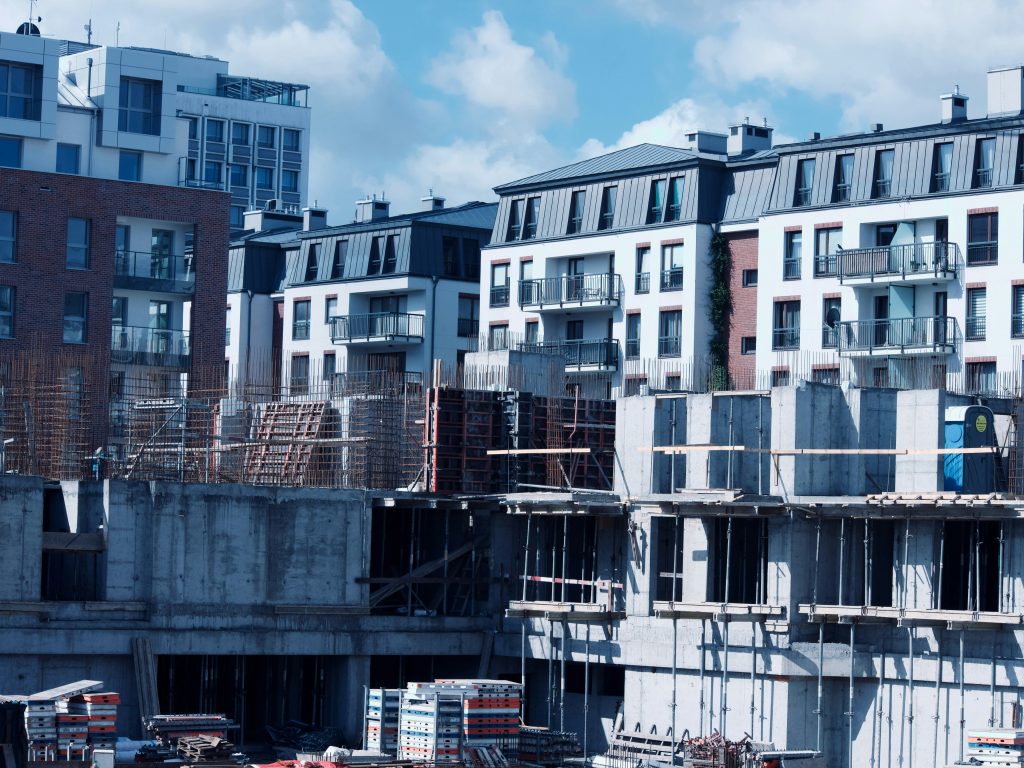
October 16, 2025 | rentals
There was a time—long before condo cranes ruled the skyline—when Toronto’s boldest statement of modern living was the rental apartment building. In the 1950s, as the city crossed the one-million mark, high-rise rentals were symbols of progress. Neighbourhoods like St. James Town were marketed as aspirational—balconies, views, and a lifestyle straight out of a Mary Tyler Moore episode. Even government-built communities, like the original Regent Park, carried the promise of a better life and affordability: real kitchens, real heat, and step up for some. This was a time when “affordable housing” was called “social housing”.
Of course, not all of those early plans stood the test of time. Regent Park’s first iteration suffered from poor urban planning—isolated blocks, limited public space, and little street life. The Towers-in-the-Park model, seen in places like Thorncliffe Park and Don Mills, often created vertical suburbs without the social fabric. Lessons were learned the hard way.
Then came the condo era. From the 1980s through to the early 202os, Toronto became North America’s capital of pre-construction condo launches and skyline transformation. Condos grew to represent over half of all homeowners. Investors ruled, cranes multiplied, and the rental building construction all but disappeared.
Until now.
Toronto is undergoing a sudden shift: the return of the purpose-built rental. And unlike their mid-century counterparts, today’s rental buildings are barely distinguishable from high-end condos—sleek designs, amenity-rich, landscaped, and lifestyle-focused. Developers, facing a stalled pre-construction condo market, are turning to rentals as the only financeable option. After 60 years, rentals are not just back—they’re leading.
The City of Toronto is helping drive this shift. Development charges waived, fast-tracked approvals, and a mandate for 20% affordable units. Over 44 rental projects, including rent-controlled and deeply affordable units, are currently under construction. It’s an aggressive push to build at scale—and at speed.
Meanwhile, cracks are forming in the condo investor market. Some are exiting. A few brave (and possibly wise) buyers are stepping in, hoping to catch the bottom. But increasingly, end users—the people who live in condos—are replacing investors. Average rents are slipping: $2,314 for a one-bedroom, $2,946 for a two-bedroom, both down year-over-year. Yet even with declining rents, demand is brewing under the surface. Toronto still has a housing shortage—especially at the affordable level.
So what happens next?
-
Will rentals saturate the market and make condo investments obsolete? Unlikely. Corporate developers are simply stepping into the space individual condo investors once filled to supply new housing to Toronto. Toronto is still growing. Renters still need homes.
-
Will new rental towers repeat past mistakes? Less likely. Developers are designing with integration and security in mind—mixed tenure, active streetscapes, better amenities, real community.
-
Is there a downside? Possibly. We’re edging toward a corporatized rental landscape. Regulations and tribunal delays are pushing out small-scale landlords—the “mom and pop” investors—leaving large companies to define the future of renting. What protects tenants from renovictions may also make small landlords retreat. Larger corporations with deeper pockets are able to withstand the growing regulatory framework that mom and pop investors may find more challenging.
Toronto may return to condo construction when the market rebounds. But for now, we are firmly in a rental renaissance. Purpose-built rentals are back—smarter, stronger, and, hopefully, fairer than their predecessors.

